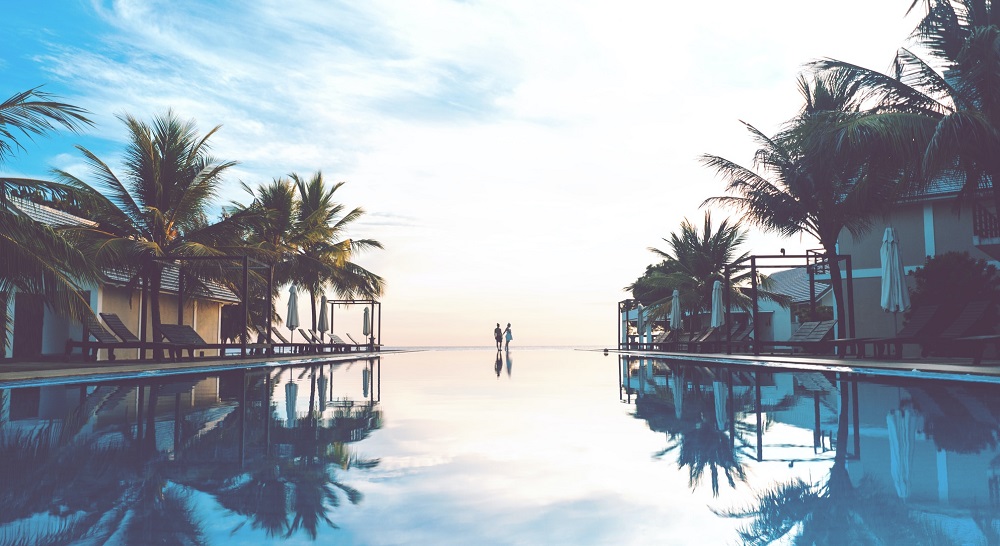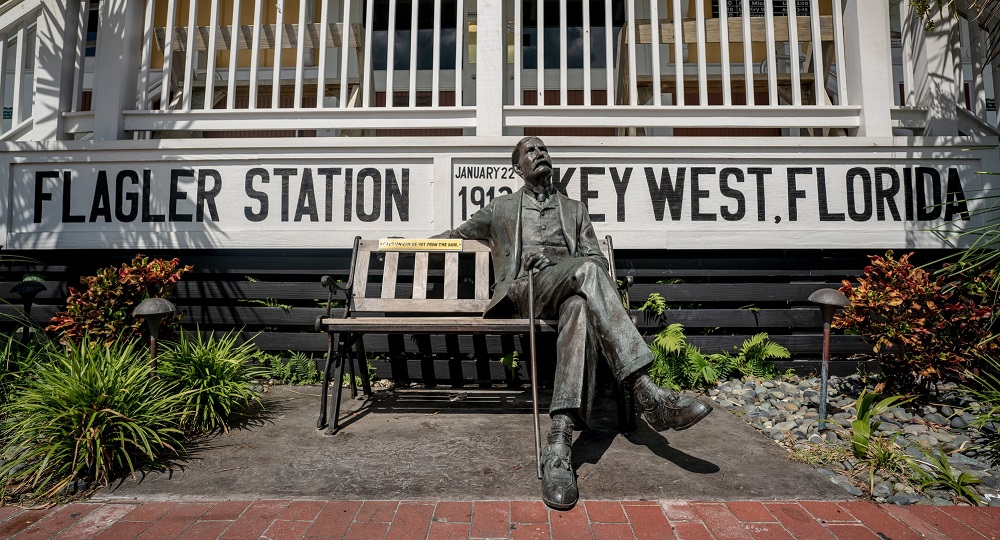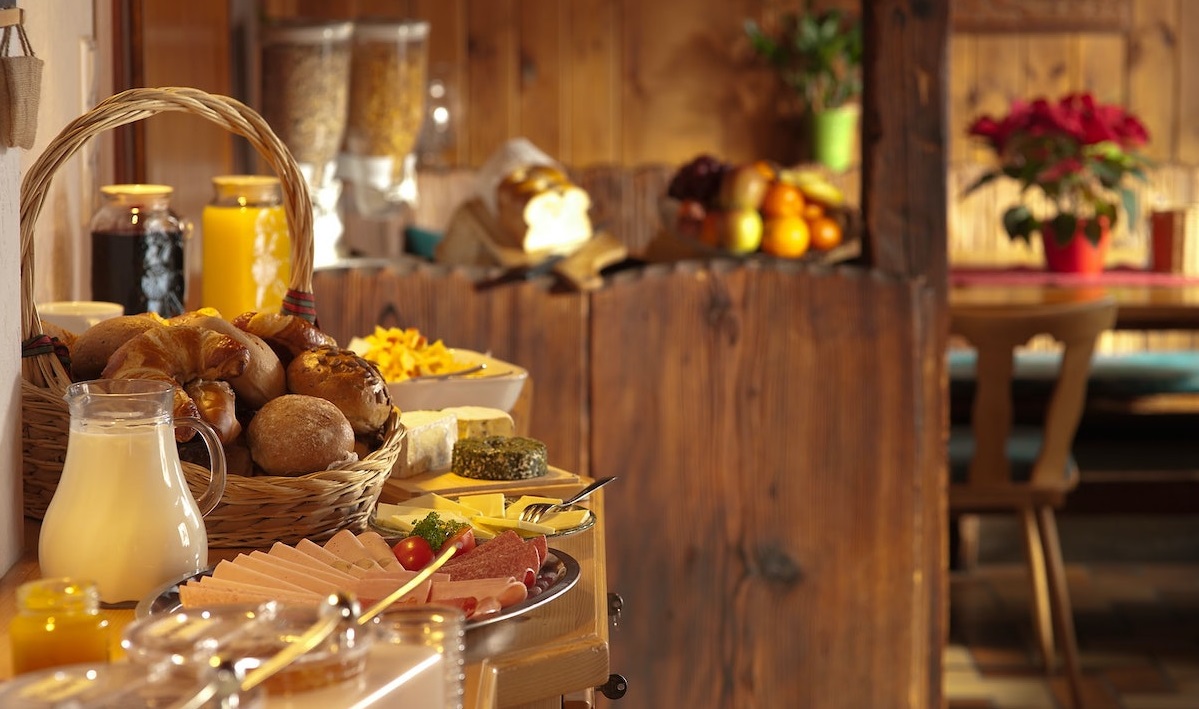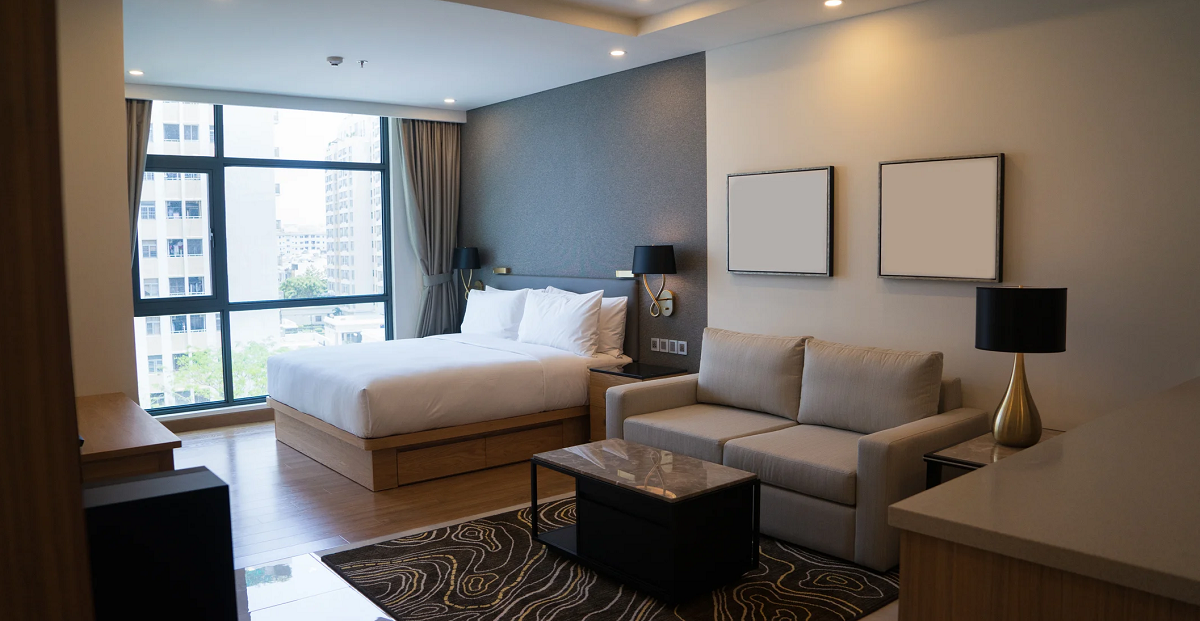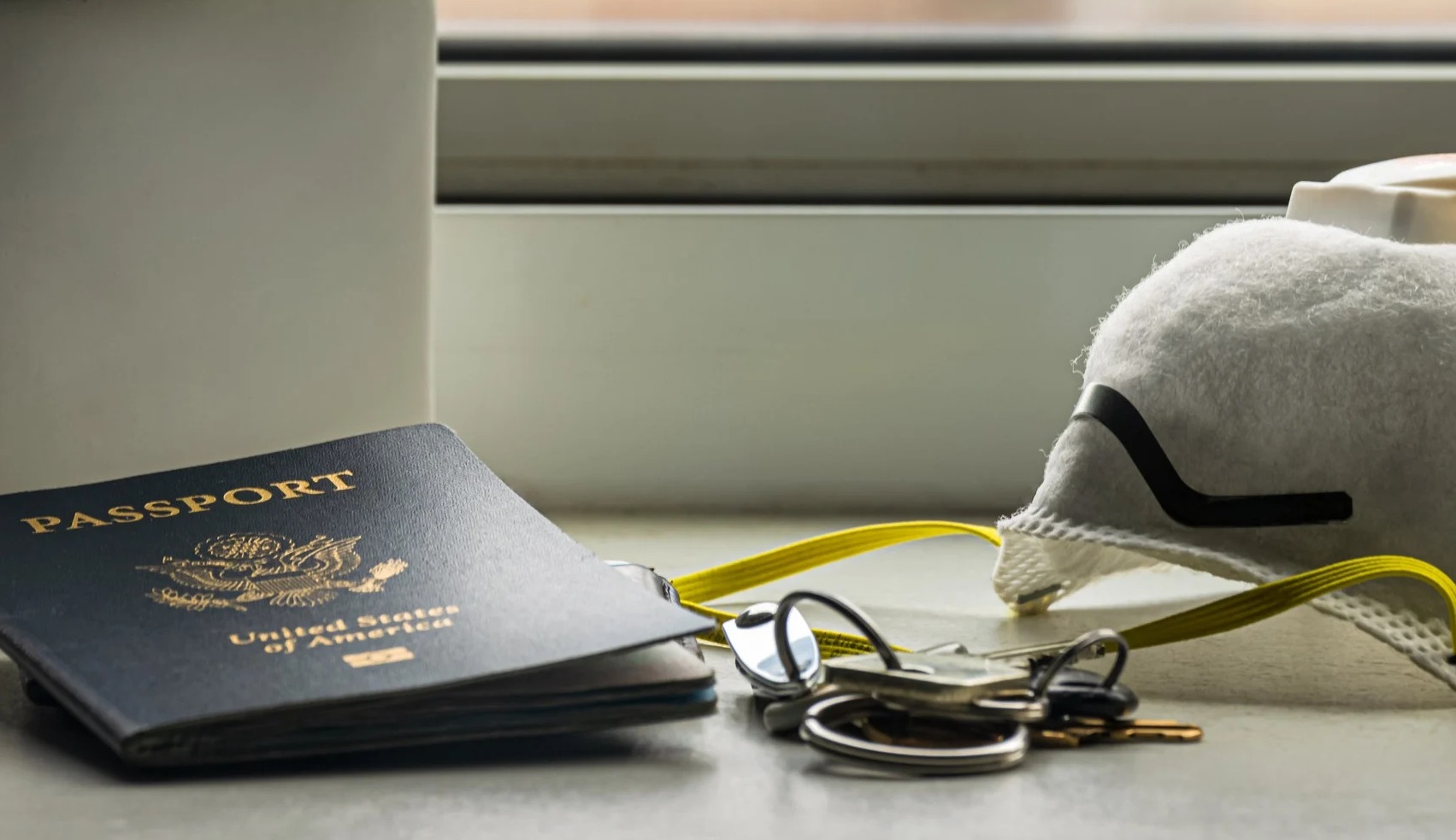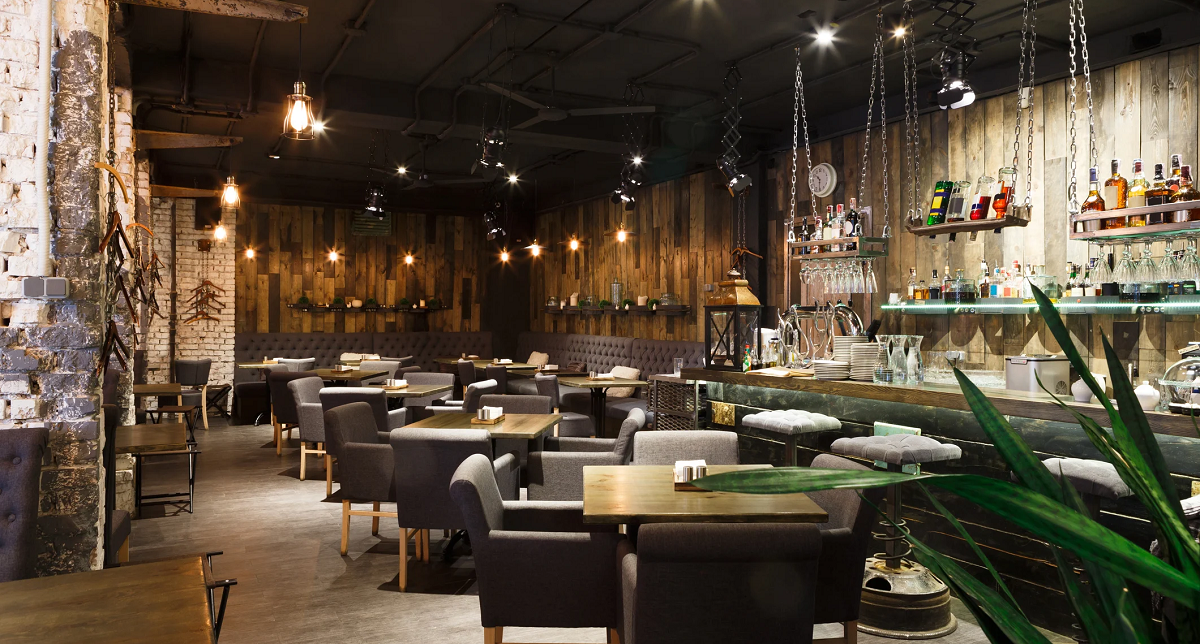There are a host of elements that impact luxury hotel performance. The segment relies on a healthy mix of leisure and corporate travel—spendy families paying top-dollar room rates and the C-suite on healthy per diems. Above all, the luxury hotel segment relies on stability, something not indulged over the past two years. It’s been a protracted pandemic to be sure, and just as the world appeared to be rounding the corner on the Delta variant, along came Omicron—a rowdy interloper arriving to a party all hoped was winding down. And though the intrusion was noisy at first, Omicron could potentially be more insipid than insidious.
Location ... location ... location. It’s a constant refrain in real estate and, by extension, the hotel industry. The turn of phrase took on a whole new meaning in the wake of the COVID-19 pandemic. Depending on orientation, some hotels thrived, some survived, some shuttered and some didn’t survive. Asset type also had consequence. Full-service hotels situated in downtown locations with ample meeting space and F&B outlets were a victim of circumstance and did not fare well on a profitability continuum.
Opening a hotel amid even normal times is a challenge. But these times are anything but ordinary. For The Rockaway Beach Hotel, in Queens, NY, opening last fall was compounded by a raging global pandemic and a resultant labor crunch. According to HotStats data, labor costs globally are on the rise, but still below their 2019 levels. In the U.S., total hotel payroll on a per-available-room basis sat at $52.99 in August 2021 and has been on a steady incline since the beginning of the year—now 62% of 2019 levels.
Global hotel performance is improving month by month. That’s the good news. The more pressing concern is if it will remain that way. The hotel industry remains fragile, dodging each and every new impediment thrown its way. The newest snag has been the Delta variant, which has caused COVID cases to spike in many areas and thrown a wrench into the gradual rebound. Just this week, the European Union recommended that Americans be banned from nonessential travel to its member states after a rise in case counts in the U.S.
Predicting the return of corporate travel would be a cinch if foretelling the future was foolproof. No one, however, has that extraordinary prescience and even if they did, the future is, at best, murky. The continuing popularity of work-from-home arrangements, the COVID-19 induced reluctance of both individuals and companies to get back out on the road, and issues throughout the travel supply chain are all converging to create a less-than-hospitable environment for individual business travelers.
Hotel food and beverage operations have radically changed in the wake of the pandemic. From breakfast buffets to banquet dinners, service has drastically altered to keep guests safe and as stopgap against weaker demand. Several of the adjustments made due to immediate needs are likely to remain in place for the foreseeable future, according to some F&B authorities.
Meetings and conferences generate big business for hotels. The pandemic made a big mess of that. On the rebound, hoteliers are eager to see that demand segment return. The arrival of COVID-19 vaccines—coupled with a societal eagerness to get out of the house—has led to a relatively robust bounce in leisure travel, which helped underpin a listless hospitality business. Add Zoom fatigue of workers to the list of travel motivators and the return of medium-sized and large-scale gatherings aren’t too far behind. That’s good news for hotels, as properties suffered massive losses due to the near evaporation of group business last year. Pre-pandemic, when hotels were riding high, total conference and banquet RevPAR (excluding rooms) for 2019 in North America was $40.15. That revenue source fell to $9.28 in 2020.
Hotels globally performed better in the third quarter, but the improvement proved to be only less bad, as COVID-19 continues to roil the world. U.S. hotels in Q3 achieved a gross operating performance per available room (GOPPAR) of $-9.87, which was 58% higher than the GOPPAR recorded in Q2, but 110% down from the same period a year ago, according to data from HotStats.
A hotel’s overall performance is the sum of its parts. Though the bulk of revenue is derived from the renting of rooms, there are other arrows in a hotel’s quiver that can generate cash flow, such as restaurants, bars, meetings and events, spas, golf, parking, retail and more. Therein lies the rub: COVID-19, for now, has all but vanquished these ancillary revenue streams, a blow especially to luxury and full-service hotels that typically offer these services.
COVID-19 dealt the global hospitality industry a vicious blow. A Chuck Norris roundhouse kick combined with a Mike Tyson uppercut that left it immobile. The scores of hotel closures and staggering number of job losses are evidence of the pandemic’s pernicious impact on the industry. An overwhelming number of hotels have suspended operations because of lack of demand, while hotels that remain open are running bare-bone operations.
COVID-19 plunged a knife in the collective heart of the global hotel industry and in one fell swoop destroyed demand, sending revenue and profit to historically low levels. This global pandemic is the most harrowing event to ever besiege the hospitality industry. As stridently as room sales have plummeted, the crash in food and beverage (F&B) is even louder.







